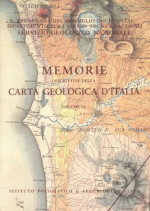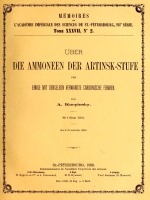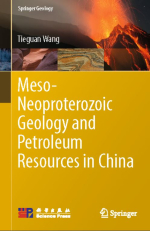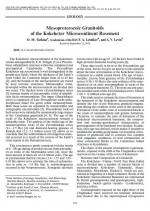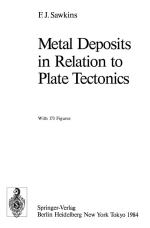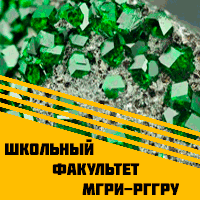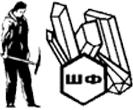Post-Collisional Magmatism and Its Relationship to Late-Variscan Ore Forming Processes in the Erzgebirge (Bohemian Massif)
Постколлизионный магматизм и его связь с поздневарисканскими рудообразующими процессами в Эрцгебирге (Богемский массив)
The main goal of this contribution is to document the possible importance of post-collisional lamprophyre intrusions for late-Variscan ore mineralization in the Erzgebirge (Germany and Czech Republic). Located at the northwestern border of the Bohemian massif in the Internal Variscides, the Erzgebirge is one of the most important silver, tin, tungsten, uranium, lead, zinc, copper, indium, bismuth, cobalt, and fluorite ore deposit provinces in Europe with a mining history of more than 800 years. Because of the close spatial association between late-Variscan ore mineralization and Permo-Carboniferous lamprophyric and rhyolitic intrusions the Erzgebirge is one of the key localities to study the genetic relationship of epigenetic Sn-W-Mo, Ag-base metal, and U deposits with post-collisional, mantle derived magmatic pulses.


